Fine particulate matter (PM2.5) is an air pollutant that is a concern for people’s health when levels in air are high. PM2.5 are tiny particles in the air that reduce visibility and cause the air to appear hazy when levels are elevated. Outdoor PM2.5 levels are most likely to be elevated on days with little or no wind or air mixing. The New York State Departments of Health (DOH) and Environmental Conservation (DEC) alert the public by issuing a PM2.5 Health Advisory when PM2.5 concentrations in outdoor air are expected to be unhealthy for sensitive groups.
What is Particulate Matter 2.5 (PM2.5)?
The term fine particles, or particulate matter 2.5 (PM2.5), refers to tiny particles or droplets in the air that are two and one half microns or less in width. Like inches, meters and miles, a micron is a unit of measurement for distance. There are about 25,000 microns in an inch. The widths of the larger particles in the PM2.5 size range would be about thirty times smaller than that of a human hair. The smaller particles are so small that several thousand of them could fit on the period at the end of this sentence.
How can PM2.5 affect my health?
Particles in the PM2.5 size range are able to travel deeply into the respiratory tract, reaching the lungs. Exposure to fine particles can cause short-term health effects such as eye, nose, throat and lung irritation, coughing, sneezing, runny nose and shortness of breath. Exposure to fine particles can also affect lung function and worsen medical conditions such as asthma and heart disease. Scientific studies have linked increases in daily PM2.5 exposure with increased respiratory and cardiovascular hospital admissions, emergency department visits and deaths. Studies also suggest that long term exposure to fine particulate matter may be associated with increased rates of chronic bronchitis, reduced lung function and increased mortality from lung cancer and heart disease. People with breathing and heart problems, children and the elderly may be particularly sensitive to PM2.5.
Where does PM2.5 come from?
There are outdoor and indoor sources of fine particles. Outside, fine particles primarily come from car, truck, bus and off-road vehicle (e.g., construction equipment, snowmobile, locomotive) exhausts, other operations that involve the burning of fuels such as wood, heating oil or coal and natural sources such as forest and grass fires. Fine particles also form from the reaction of gases or droplets in the atmosphere from sources such as power plants. These chemical reactions can occur miles from the original source of the emissions. In New York State, some of the fine particles measured in the air are carried by wind from out-of-state sources. Because fine particles can be carried long distances from their source, events such as wildfires or volcanic eruptions can raise fine particle concentrations hundreds of miles from the event.
PM2.5 is also produced by common indoor activities. Some indoor sources of fine particles are tobacco smoke, cooking (e.g., frying, sautéing, and broiling), burning candles or oil lamps, and operating fireplaces and fuel-burning space heaters (e.g., kerosene heaters).
Is there an air quality standard for PM2.5 in outdoor air?
Yes, the United States Environmental Protection Agency (EPA) established National Ambient Air Quality Standards for PM2.5 in 1997 and revised them in 2006 and 2012. National Ambient Air Standards are established to be protective of public health. The short-term standard (24-hour or daily average) is 35 micrograms per cubic meter of air (µg/m3) and the long-term standard (annual average) is 12 µg/m3. A microgram is a unit of weight. There are a million micrograms in a gram, and a pound is equal to about 450 grams.
How will I know when PM2.5 levels are, or will be, elevated outside?
Outdoor air levels of fine particles increase during periods of stagnant air (very little wind and air mixing), when the particles are not carried away by wind, or when winds bring polluted air into the state from sources outside the state. In general, as the levels of PM2.5 in outdoor air increase, the air appears hazy and visibility is reduced. These conditions are similar in appearance to high humidity or fog. The New York State Department Environmental Conservation informs the public whenever fine particle concentrations in outdoor air are expected to be elevated. Every weekday morning the Department of Environmental Conservation will review weather conditions and data from their air monitoring stations to determine if, for that day or the following day, fine particle levels are expected to exceed levels considered unhealthy for sensitive groups. If it is likely that this level will be exceeded, the agency will contact the media so that a Particulate Matter Health Advisory can be carried on afternoon and evening broadcasts. The Department of Environmental Conservation also provides PM2.5 monitoring data and PM2.5 forecasts on its web site.
Or using a WSTA advanced layser PM2.5 detector which can accurate tell how much particles are there around you in the air. Take it whereever you go!

Are there ways to reduce my exposure to PM2.5?
When outdoor levels of PM2.5 are elevated, going indoors may reduce your exposure, although some outdoor particles will come indoors. If there are significant indoor sources of PM2.5, levels inside may not be lower than outside. Some ways to reduce exposure are to limit indoor and outdoor activities that produce fine particles (for example, burning candles indoors or open burning outdoors) and avoid strenuous activity in areas where fine particle levels are high.
Another way is to install a air purifier indoors. And better to use a model with inbuilt PM2.5 counter.
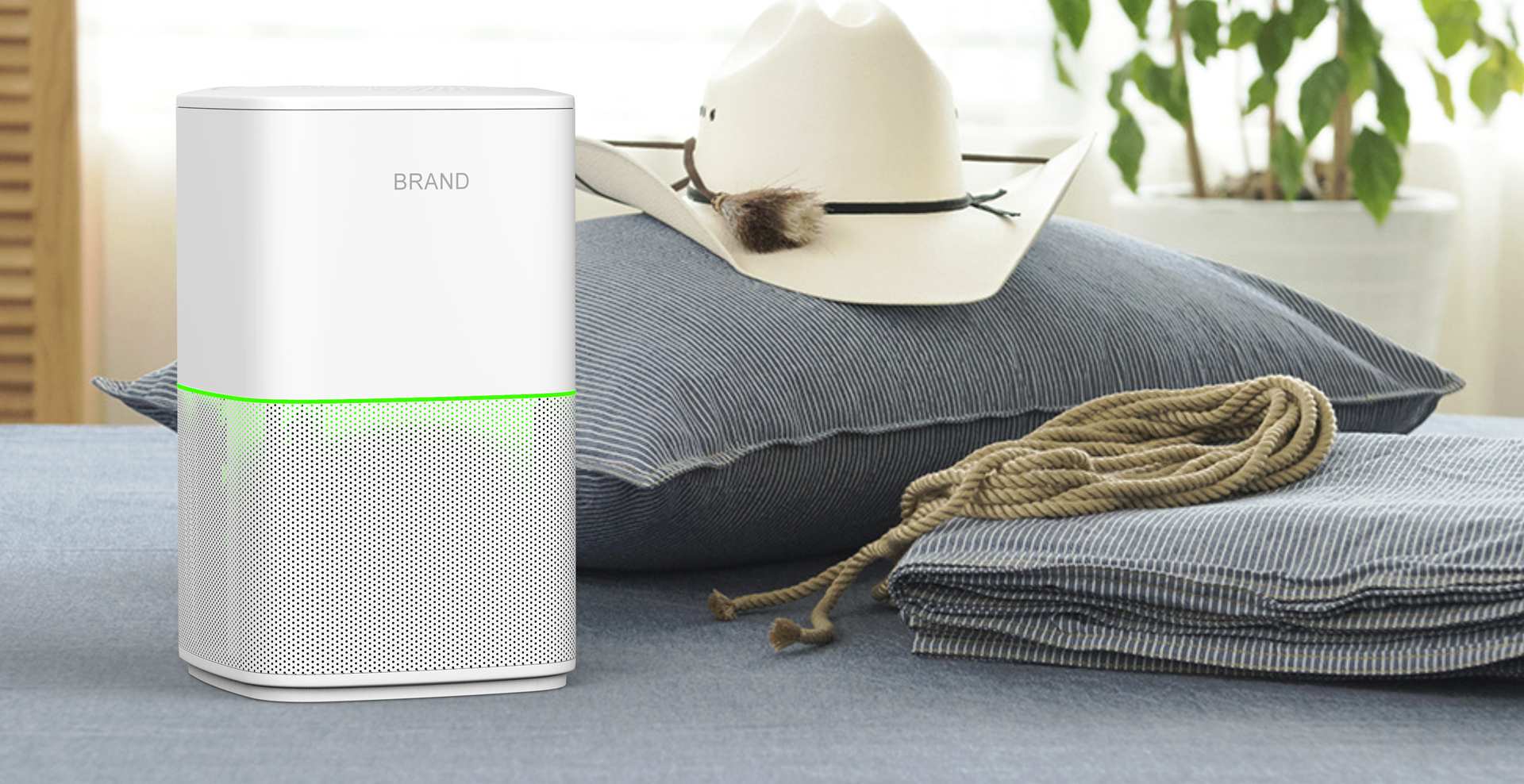
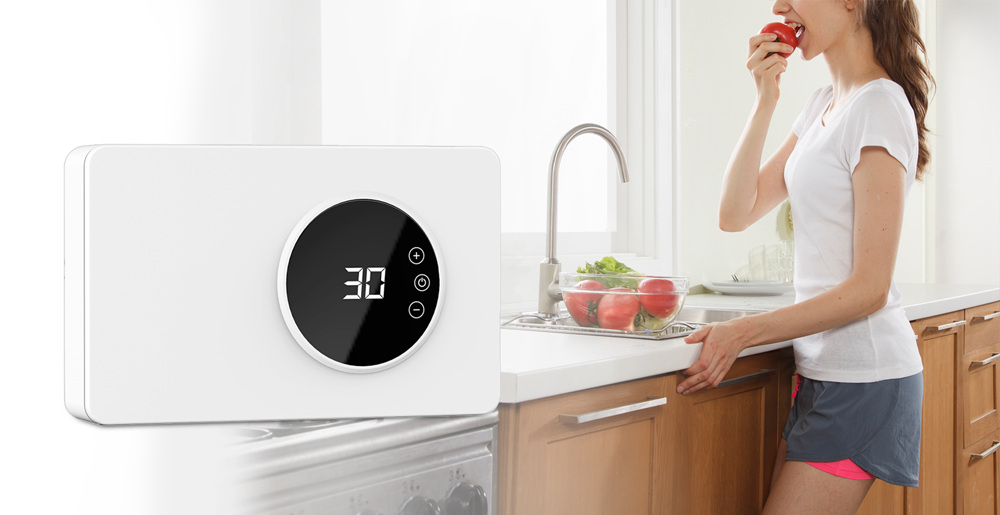

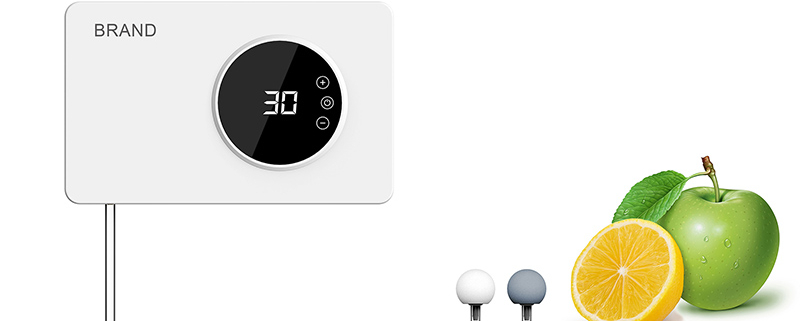 WSTA
WSTA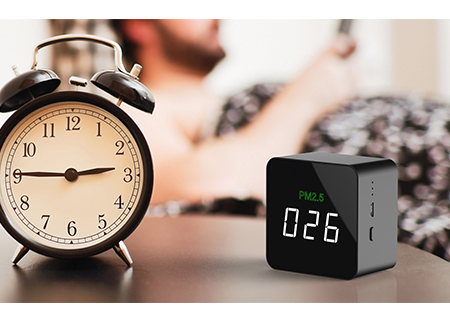 WSTA
WSTA

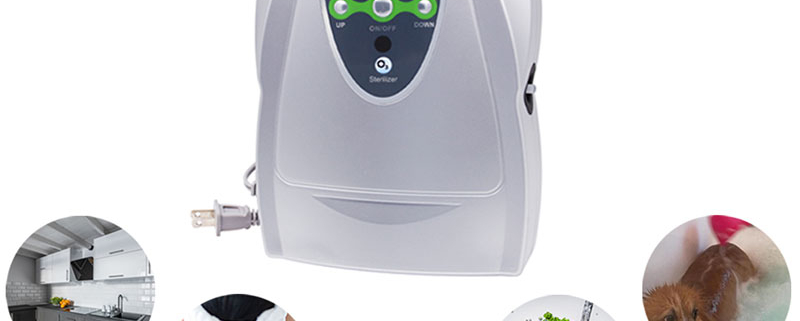 WSTA
WSTA WSTA
WSTA